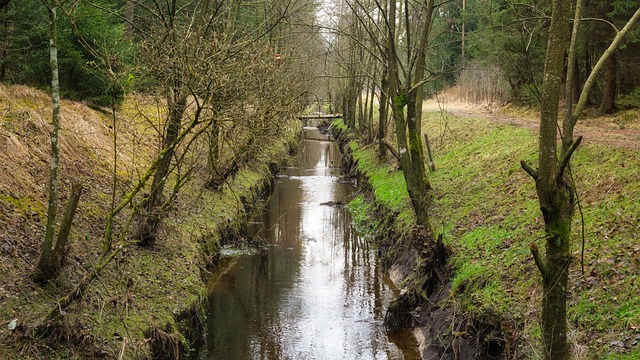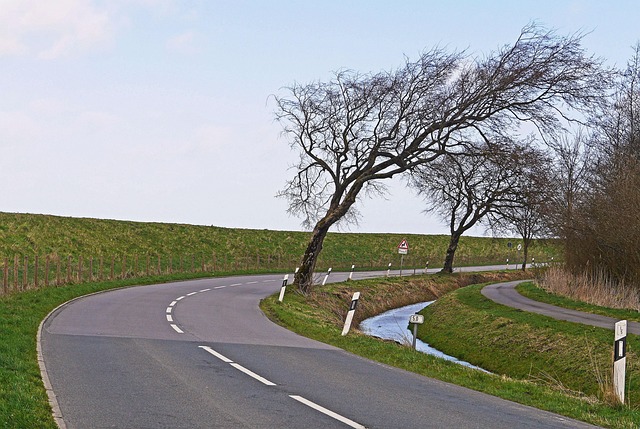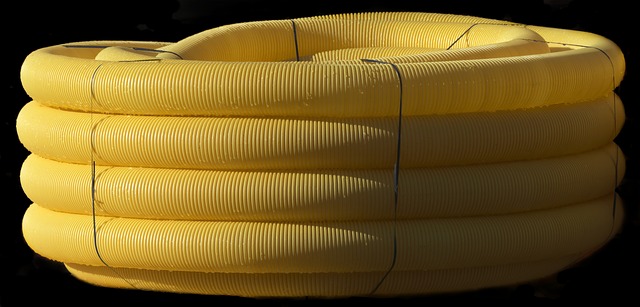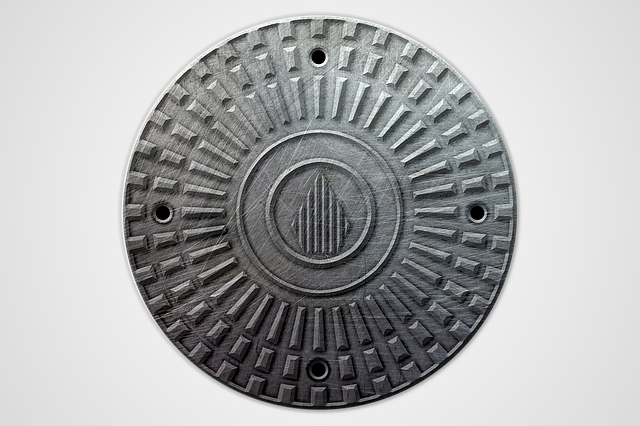Proper French drain installation in Portland, OR, adheres to strict local regulations for effective water management and flood prevention. This process involves following specific codes regarding trench dimensions, grading, and approved drainage materials like dry wells. Choosing the right custom trench drain system, considering soil and land slope, ensures property protection from heavy rainfall. Installation includes meticulous planning, excavation, trenching with a waterproof membrane, gravel filling, dry well placement, backfilling, and final grading to direct rainwater away from structures.
“Looking for expert French drain installation in Portland, OR? Discover the art of custom trench drain and dry well integration for optimal property drainage. This comprehensive guide delves into the intricacies of Portland’s specific installation requirements, guiding you through the selection process for tailored designs. From understanding local regulations to efficient installation techniques, learn how to transform your space with effective French drain solutions, ensuring a dry and beautiful outdoor environment.”
- Understanding Portland OR French Drain Installation Requirements
- Choosing the Right Custom Trench Drain and Dry Well Design
- Step-by-Step Guide to Efficient Installation Process
Understanding Portland OR French Drain Installation Requirements
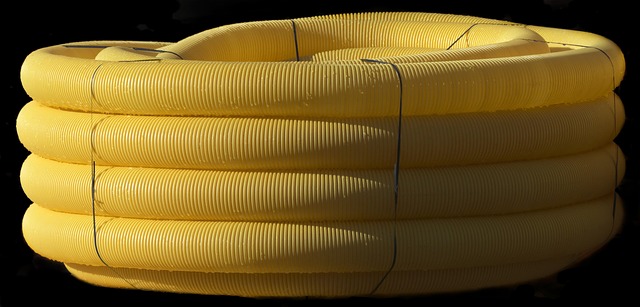
In Portland, Oregon, understanding the local regulations and specific requirements for French drain installation is paramount for any property owner or contractor. The city has stringent guidelines to ensure effective water management and prevent potential damage from excessive rainfall. When it comes to trench drains and dry wells, Portland OR French drain installation involves adhering to these strict codes.
The primary objective is to direct surface water away from buildings and infrastructure, preventing flooding and soil erosion. This includes proper grading, adequate depth and width of trenches, and the use of specific types of drainage materials approved by local authorities. For instance, dry wells, which are underground reservoirs used to collect and absorb excess water, must meet certain dimensions and be installed at the appropriate distance from buildings to avoid potential hazards.
Choosing the Right Custom Trench Drain and Dry Well Design

When considering custom trench drain and dry well installation in Portland, OR, choosing the right design is paramount. The right system should not only address your specific drainage needs but also complement your property’s landscape. French drains, a popular choice for Portland’s diverse climate, offer efficient water management by directing surface water away from foundations and towards drainage wells.
Factors to consider include soil composition, slope of the land, and nearby structures. Professional installers can assess these factors to recommend the ideal drain type, be it a traditional tile drain or a more modern linear drain system. The goal is to create an effective, aesthetically pleasing solution that ensures your property remains dry and safe from water damage for years to come, enhancing its value in the process.
Step-by-Step Guide to Efficient Installation Process
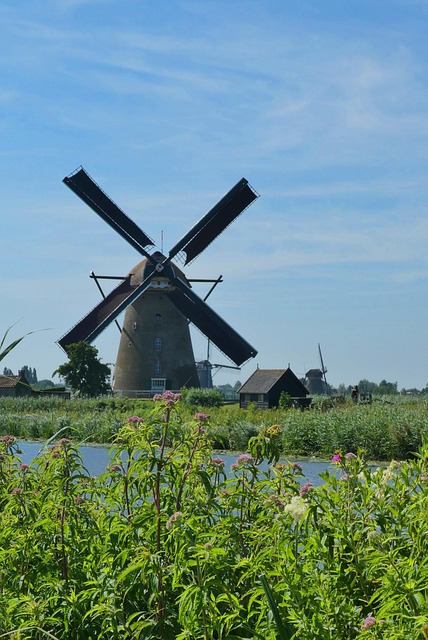
Installing a custom trench drain and dry well system in Portland, OR, is an efficient process that requires careful planning and execution. Here’s a step-by-step guide to ensure your project runs smoothly.
1. Site Assessment and Planning: Begin by assessing the site where the French Drain Installation Portland OR will be located. Measure the area, identify the elevation, and determine the best placement for the trench drain to efficiently direct water flow away from structures. Create a detailed plan incorporating local building codes and regulations regarding drainage systems.
2. Excavation: Next, excavate the site according to your plan. Dig a trench of the specified depth and width, ensuring it aligns with the intended path of the drain. Remove any obstacles like rocks or roots that might interfere with the installation. Keep in mind safety precautions during excavation, including proper ventilation and personal protective equipment (PPE).
3. Prepare the Trench: Line the trench with a durable, waterproof membrane to prevent soil erosion and ensure water tightness. Use a level surface to lay the drain system, ensuring it’s perfectly aligned for optimal water flow. Fill any gaps between the drain and the trench walls with compacted gravel to promote efficient drainage.
4. Install Dry Well: Position the dry well at the lowest point of the drainage area. Follow manufacturer instructions to properly install and connect it to the main trench drain. The dry well captures excess water, preventing surface runoff while allowing it to naturally percolate into the soil.
5. Backfilling and Grading: After installing the drain system, backfill the trench with appropriate soil, compacting it gently to ensure stability. Grade the surrounding area to slope away from the structure, directing rainwater towards the trench drain.
When it comes to effective water management in Portland, Oregon, custom trench drain and dry well installations are a game-changer. By understanding local requirements and selecting the right design, homeowners and contractors can ensure a successful and efficient installation process. This comprehensive guide has provided valuable insights into navigating the world of Portland OR French Drain Installation, from design considerations to step-by-step implementation, allowing for effective water diversion and drainage solutions tailored to individual needs.

